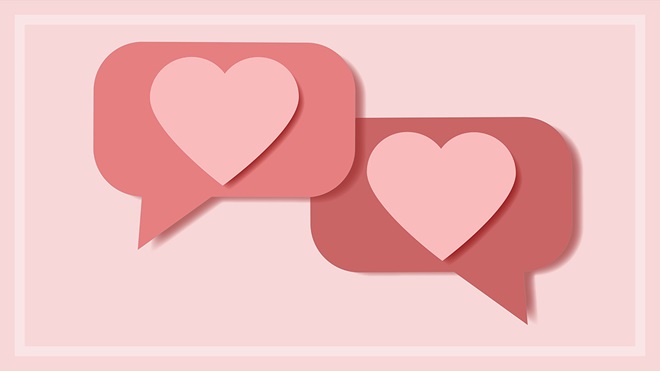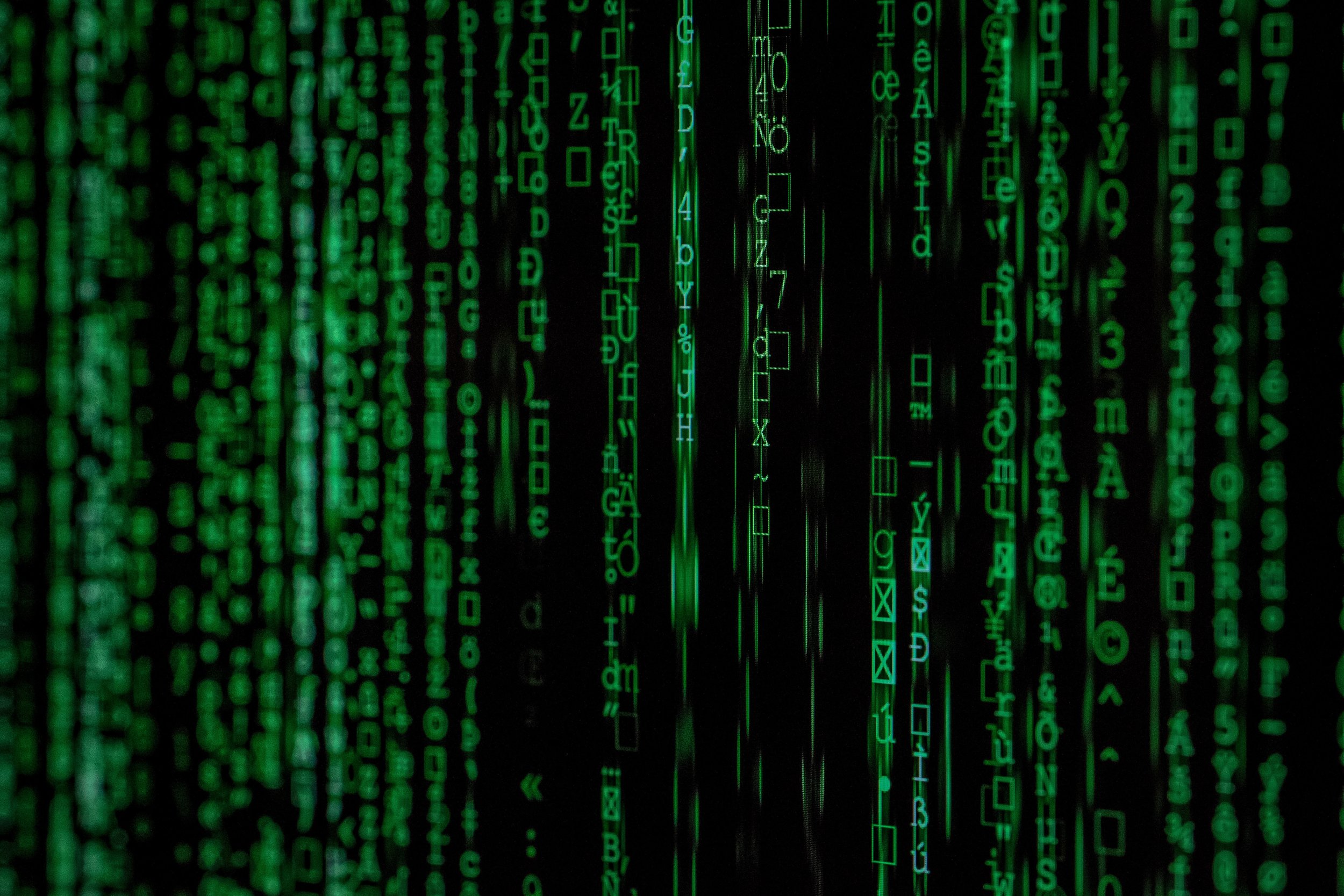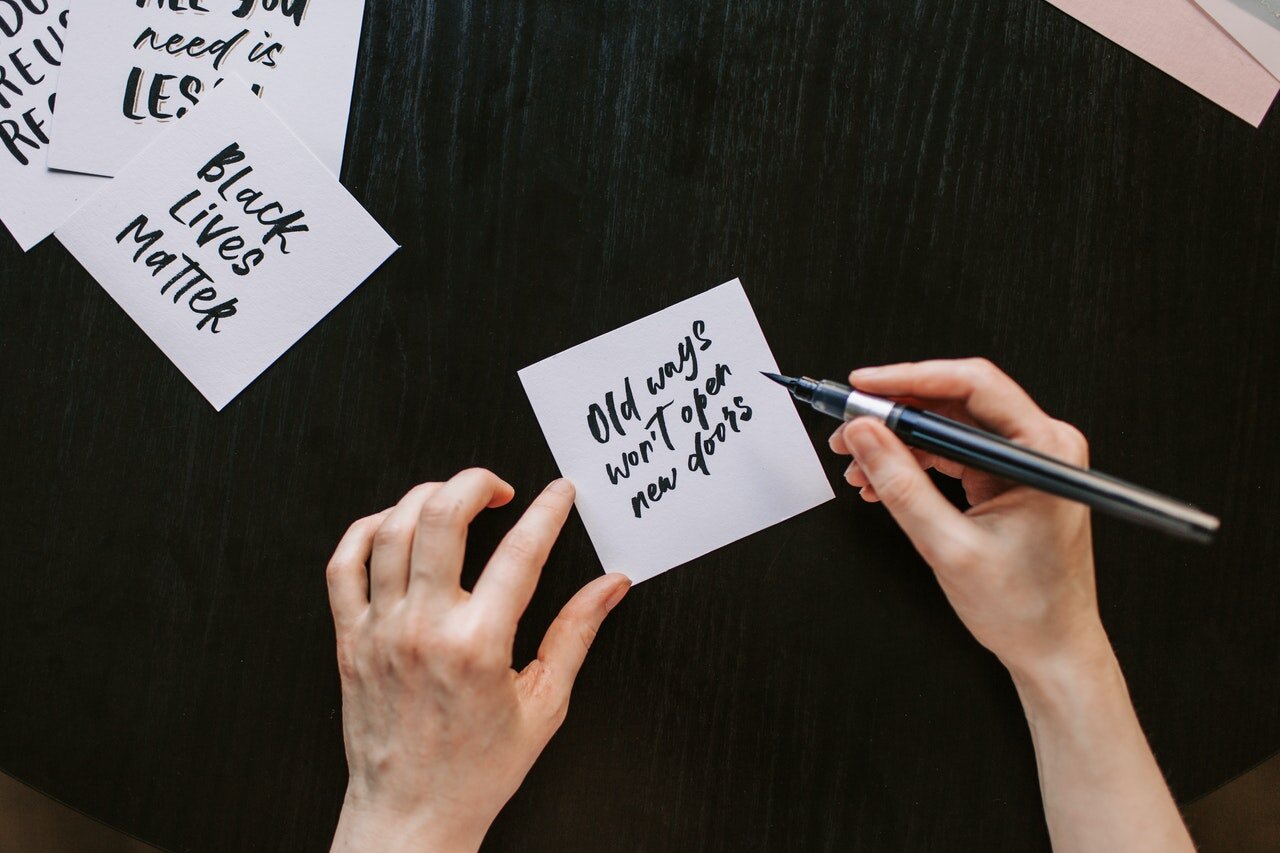Share This Article
When it comes to dating, do you have a type?
Most of us have a preference, but have you ever stopped to think why you’re attracted to certain people and not others?
And whether underlying that attraction, or lack thereof, lurks some kind of prejudice?
Millions of people tune in every year to watch Love Island UK contestants battle it out in the name of ‘love’ (and a prize pot of £50K). It’s entertaining, *slightly* cringy, and easily digestible. But the show is much more than a scripted, insulated window into the world of dating. In fact, what Love Island reveals to us about racial preferences in the dating scene is very real.
According to conventional wisdom (and Shakespeare), love is blind. But is it? When it comes to the dating game, we’d all like to believe that love knows no colour, that we don’t care about the race of other players, but, as Love Island UK appears to illuminate, care we might.
In every single ‘coupling’ ceremony over the past seven seasons of the series (a ceremony where each male contestant gets to choose a female islander in the lineup to ‘couple up’ with), a Black contestant has been picked last. In this year’s eighth season, the first four women from the villa to be dumped – Shannon Singh, Rachel Finni, Sharon Gaffka and AJ Bunker – were all women of colour. It’s easy to dismiss this as a mere ‘coincidence’, but I can’t say I’m too convinced.
From season four’s Samira Mighty to season five’s Yewande Biala, and again last year with Kaz Kamwi, we see Black women continually struggle to navigate a villa where they never seem to be the male contestants’ ‘type on paper’. One of the 2021 entrants, Jake, summed it up in his introductory interview when he declared, “My type, all I ask for, is blonde, blue eyes, little feet – cos I have a massive foot fetish”. While the foot fetish thing is a Jake original, this blonde hair/blue eyes stuff has become a Love Island UK staple, with contestants like Tommy, Callum, and Anton all making their thing for ‘blue-eyed blondes’ known.
After a few episodes, you get the sense that it’s not just a case of dyeing your hair or wearing coloured contact lenses. I mean – I highly doubt a Black girl with blonde box braids and blue contacts would make the cut. So, when men say they’re really into “blonde girls with blue eyes”, and though this of course doesn’t include all white women, it does at times feel like a shorthand for ‘white’.
This has been felt by Black contestants themselves, with Yewande recalling: “I personally struggled a lot because every man who came into the villa said their type was said ‘blonde hair and blue eyes’, I just sat there like, ‘obviously I missed the memo because I’m not blonde and I definitely won’t have blue eyes.’ It was a struggle and I cried so much.”.
Undoubtedly, it’s a common theme for women of colour in the series to be frequently left as last picks and in ‘friendship couples’, while it is their white counterparts, often with blonde hair and blue eyes, that are deemed the most desirable.
But this scenario isn’t unique to dating on reality TV. Love Island is an essentially a microcosm of the dating sphere and the truth is that racial preferences exist, and many of us have one – whether we consciously recognise it or not. And I suppose the sticky question that follows this acknowledgement is: Are racial dating preferences even an issue? Are they inherently racist/problematic? Or do we just like who like?
How and whether racial preferences are related to racial bias is tough. It’s hard to know where one begins and the other ends… but the two aren’t totally separate. To say that we’ve come out of the womb with the genetic disposition to prefer dating a particular race – that such preference is ‘natural’ – is farfetched. Racial preference isn’t an allele you can find on a gene locus on your chromosomes. Perhaps we’re attracted to people who look like us but, in a society where Western beauty standards dictate whiteness as most desirable, it’s worthwhile to think about whether our preferences are learned behaviours and tied to social factors. Considering racial hierarchies permeate almost every aspect of our everyday lives, it’s no surprise that they extend to our dating lives as well.
In a 2014 study, OkCupid users ranked Black women as “least attractive.” Data uncovered by Tinder reveals that Black women were rated as “least desirable” by men of every race. A survey of nearly 2000 men across Australia, who were asked to rank how attractive or unattractive they found particular racial groups, rated white people the most attractive, and Asian, Indian, and Aboriginal and Torres Strait Islanders as the least. To disregard these kinds of stats would be a major oversight. While people are free to have their individual preferences, the reality is that we are living in a world that has been, for centuries, one based on systems of racial inequality – so the legacy of those systems can and do play out today and exist in our private lives.
But no, this doesn’t mean that having a racial preference makes you a ‘racist’ or a bad person. Instead, I think an important question to ask is: Do you know where society’s messaging ends and your own “preference” begins? Because we are all victim to internalised racial prejudices in one way or another.
So, if you think you’re acting on a preference, particularly one that excludes entire groups of non-white people who—what a coincidence!—are also marginalized and dehumanized by society, take a moment to dig deeper and get critical about why you are attracted to some people and not others. Question the roots of that preference and be willing to challenge yourself about its origins and what you think it might mean about your own feelings and experiences of the world. We’ve got to be honest with ourselves to open both our minds, and our hearts.
One can only hope that the men on Love Island do the same.


